Flexible Image modelling for deblending and strong gravitational lensing

Rémy Joseph
Collaborators: Peter Melchior, Fred Moolekamp, Frederic Courbin (EPFL, SW), Jean-Luc Starck (CEA, FR), Aymeric Galan (EPFL), Austin Peel, Martin Millon (EPFL), François Lanusse (CNRS, FR), Jiaxuan Li (PKU), Jenny Greene, Johnny Greco (OSU).

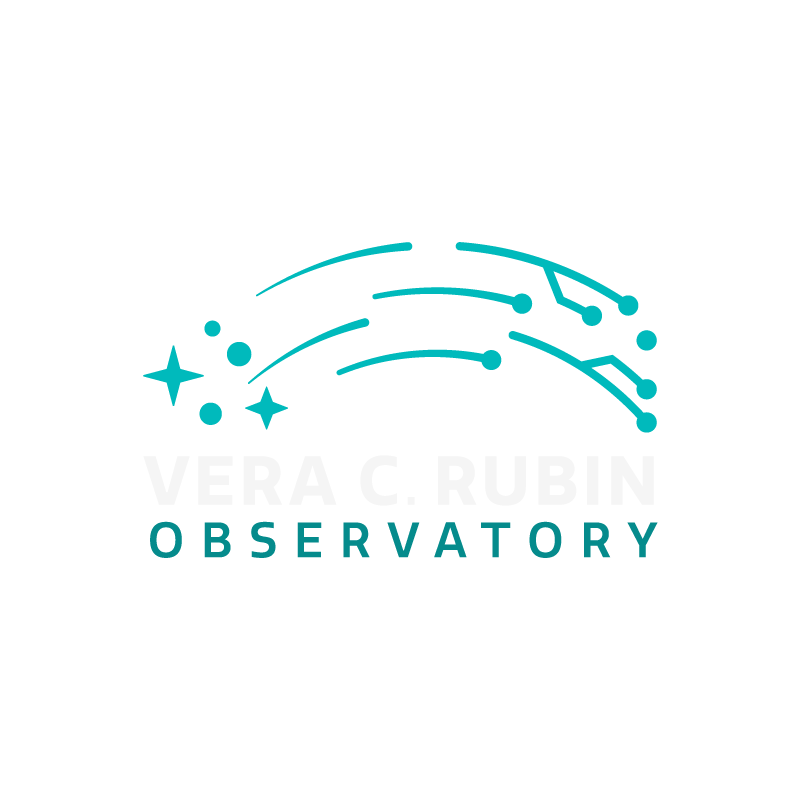
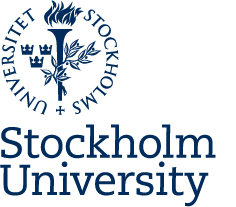

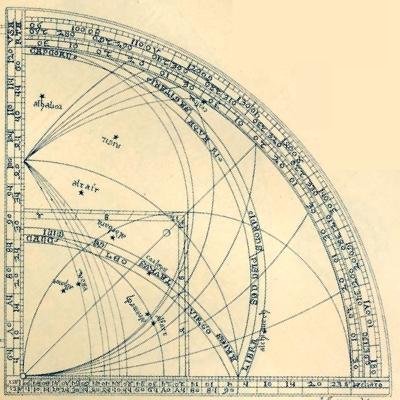
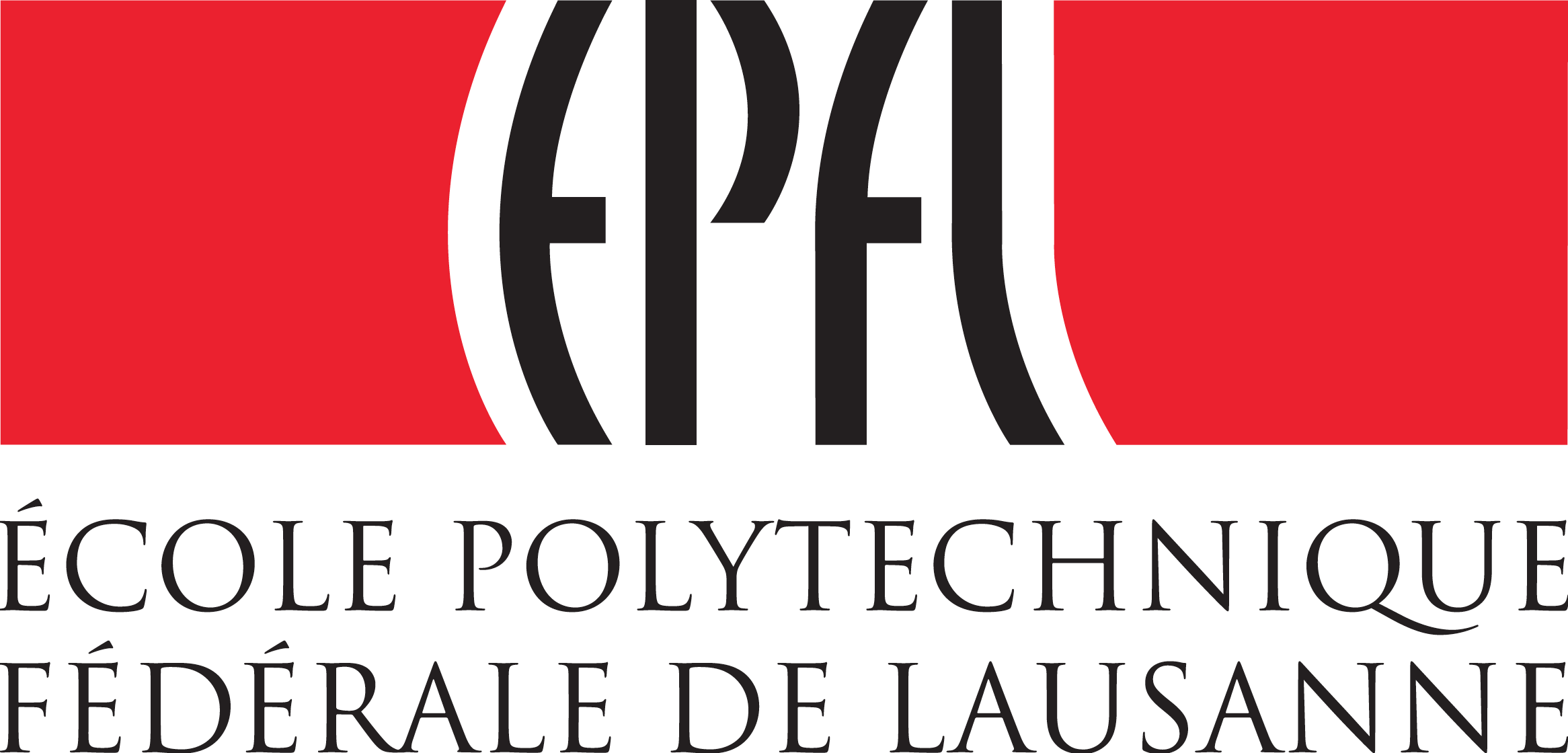
Deblending multi-band images

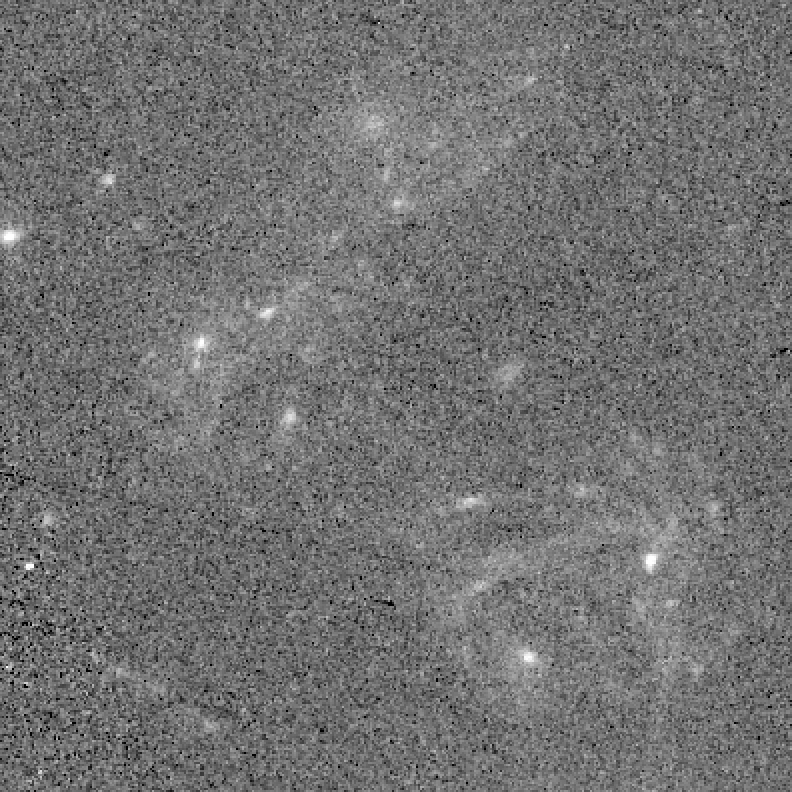
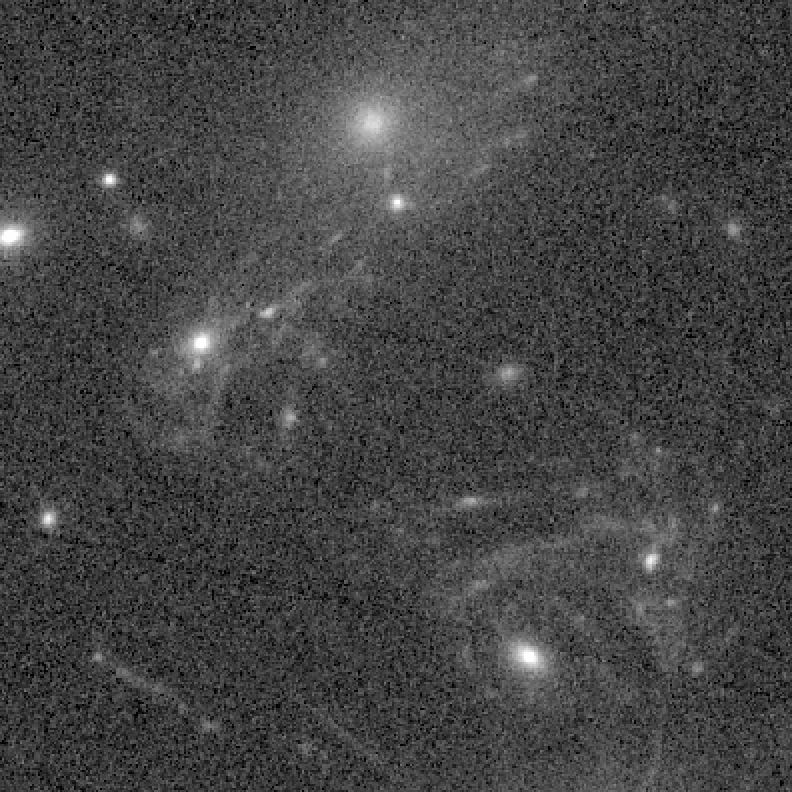
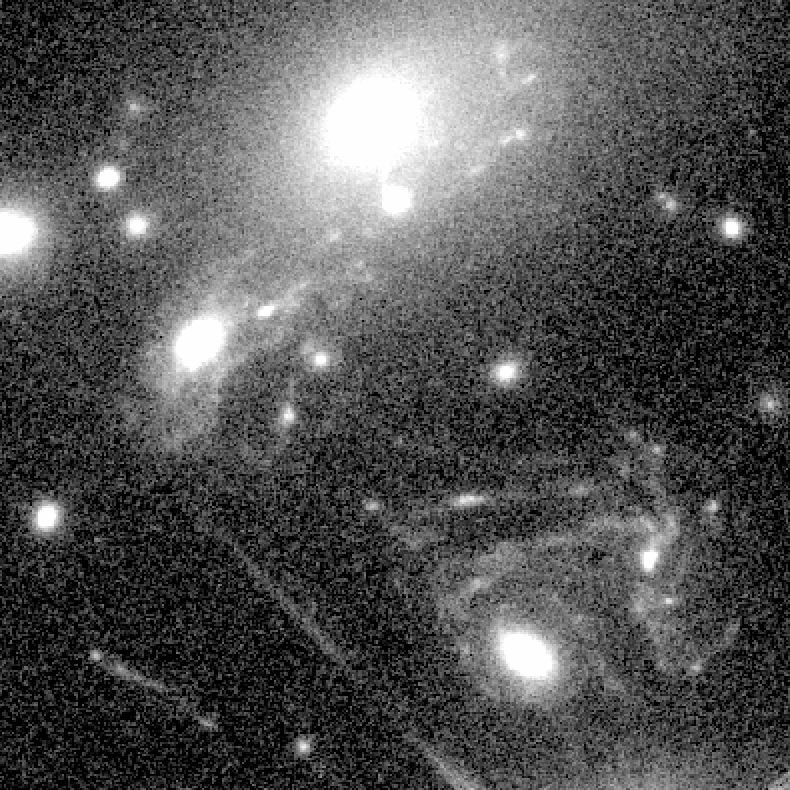
F435w
F606w
F814w
NASA/ESA: Hubble Frontier Fields, Lotz et al. (2016)
Deblending multi-band images
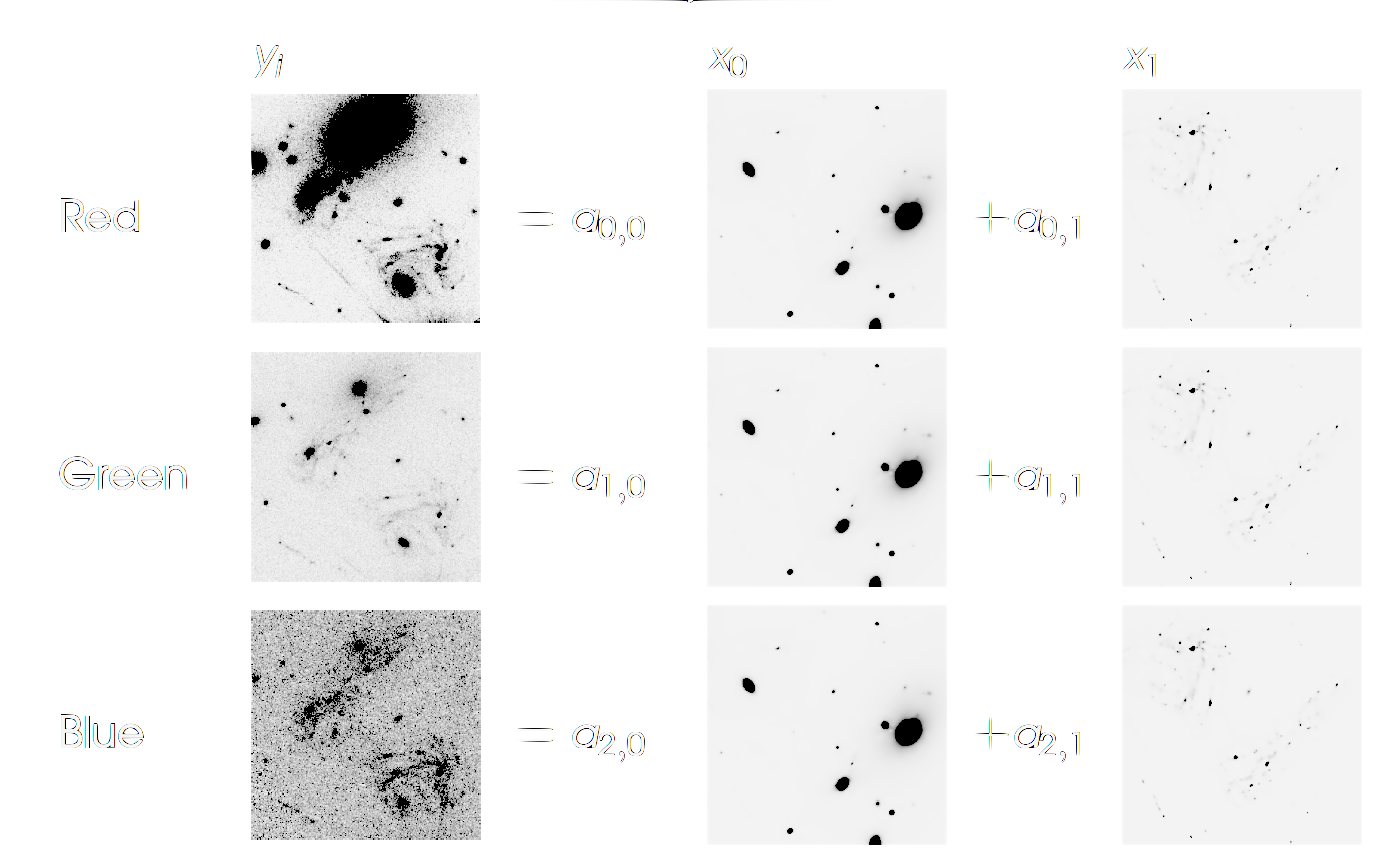
F435w
F606w
F814w
A linear model for colour images:
$$y_i = \sum_j a_{i,j}s_j$$
$$s_0$$
$$s_1$$
$$y$$
Deblending multi-band images
A linear model for colour images:
(including PSF)
$$Y = (H)AS +N$$

$$A$$
$$S$$
$$Y$$
$$=$$
Red filter
Green filter
Blue filter
MuSCADeT
Joseph et al. 2016 (arxiv:1603.00473)
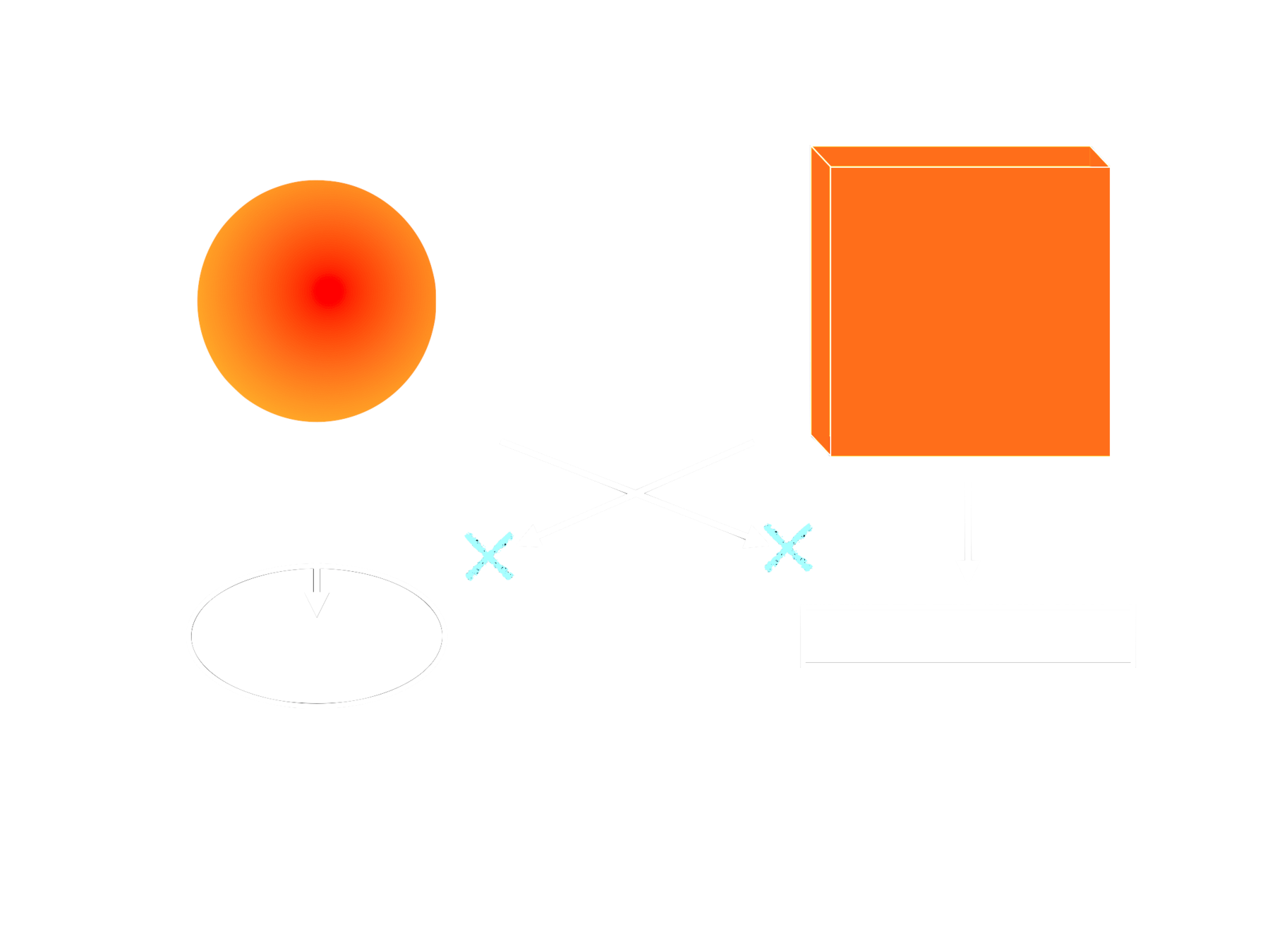
Sparsity as a sieve
MuSCADeT
Inverting
Y = HAS+N
Is achieved by reconstructing sparse fields in starlets:
\( \tilde{S} = \underset{S}{argmin}\) \( \frac{1}{2}||Y-HAS||^2_2 \) \(+\) \(\lambda||\Phi^T S||_1\) \(+\) \(\mathcal{i}_+(S) \)
Data attachement Sparsity Positivity
MuSCADeT
The algorithm
- Gradient step
- Find S close from U with the smallest \(\ell_0\) norm
- Set negative entries to 0
$$U \gets S+\mu A^T H^T (Y-HAS)$$
$$S \gets \Phi \underset{\alpha_S}{argmin}\frac{1}{2}||U-\Phi\alpha_S||_2^2+\lambda|| \alpha_S||_0$$
$$S[S<0]\gets 0$$
- Estimate the mixing matrix A
MuSCADeT
The algorithm
- Estimate the mixing matrix A (default)
Colours are extracted from the scene using Principal Component Analysis (PCA) of the multi-band pixels
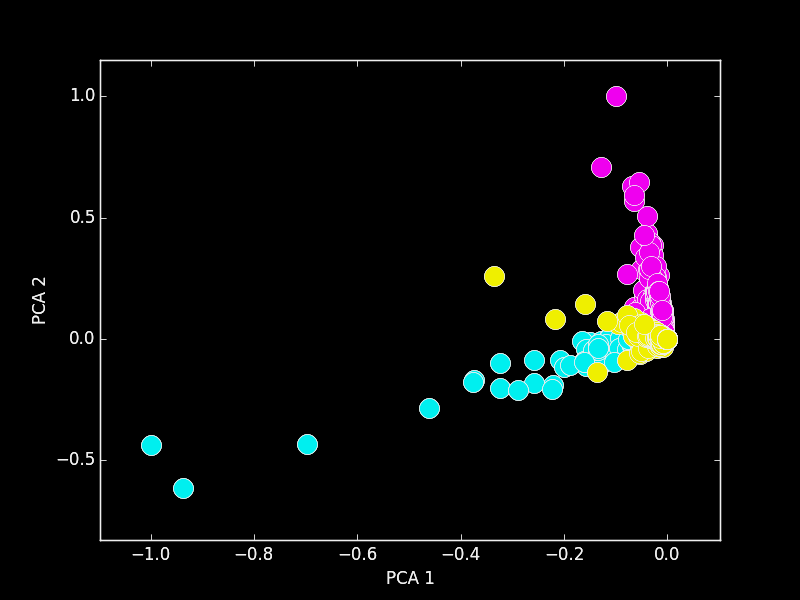
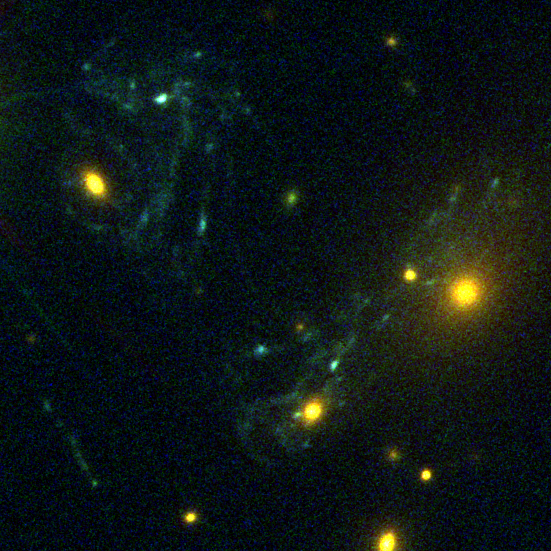
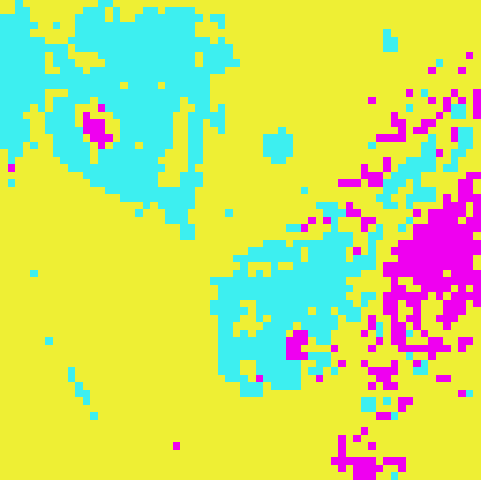
MuSCADeT
The algorithm
- Gradient step
- Find S close from U with the smallest \(\ell_0\) norm
- Set negative entries to 0
$$U \gets S+\mu A^T H^T (Y-HAS)$$
$$S \gets \Phi \underset{\alpha_S}{argmin}\frac{1}{2}||U-\Phi\alpha_S||_2^2+\lambda|| \alpha_S||_0$$
$$S[S<0]\gets 0$$
- Estimate the mixing matrix A
Applications
The Hubble Frontier Fields
(HFF Lotz et al. 2017)
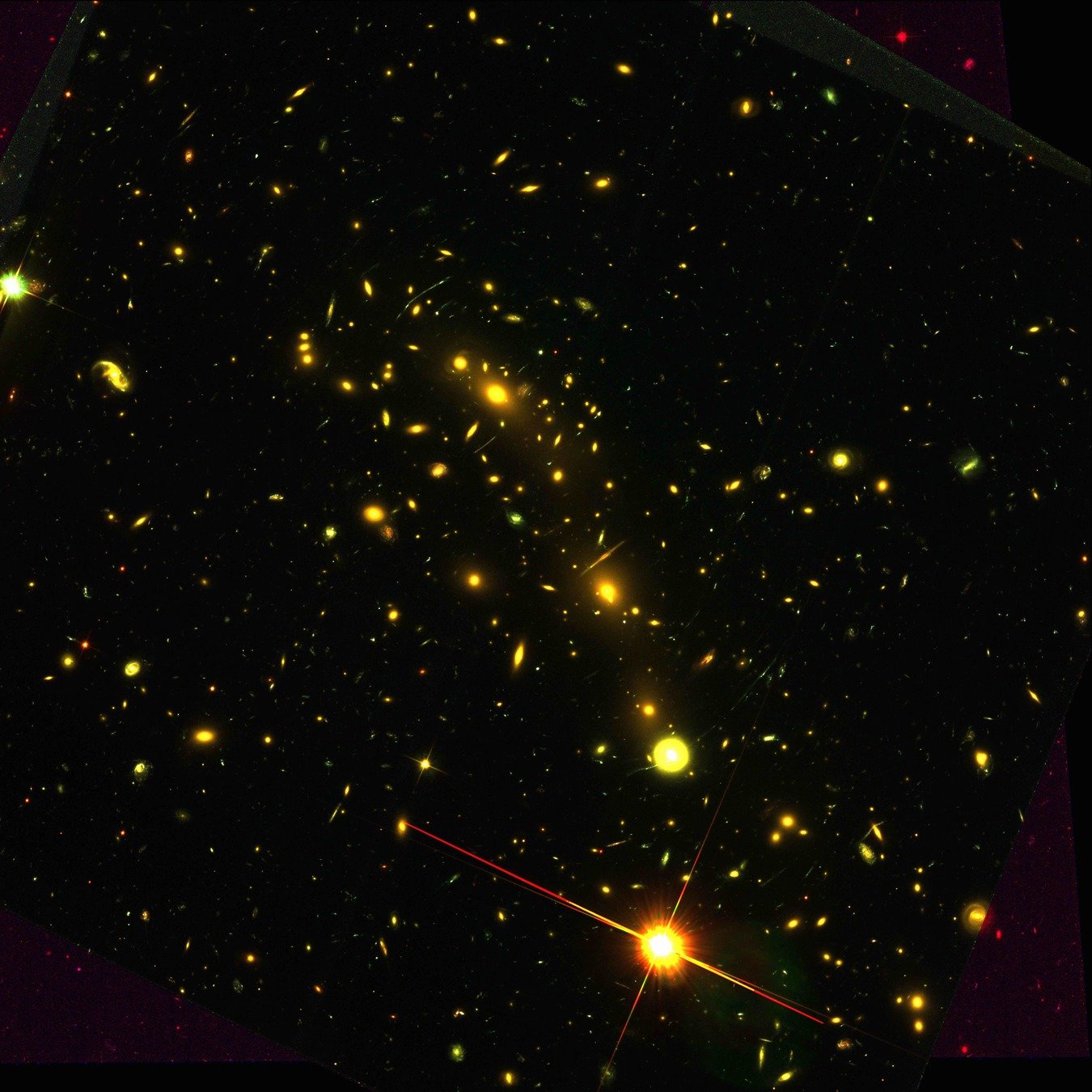
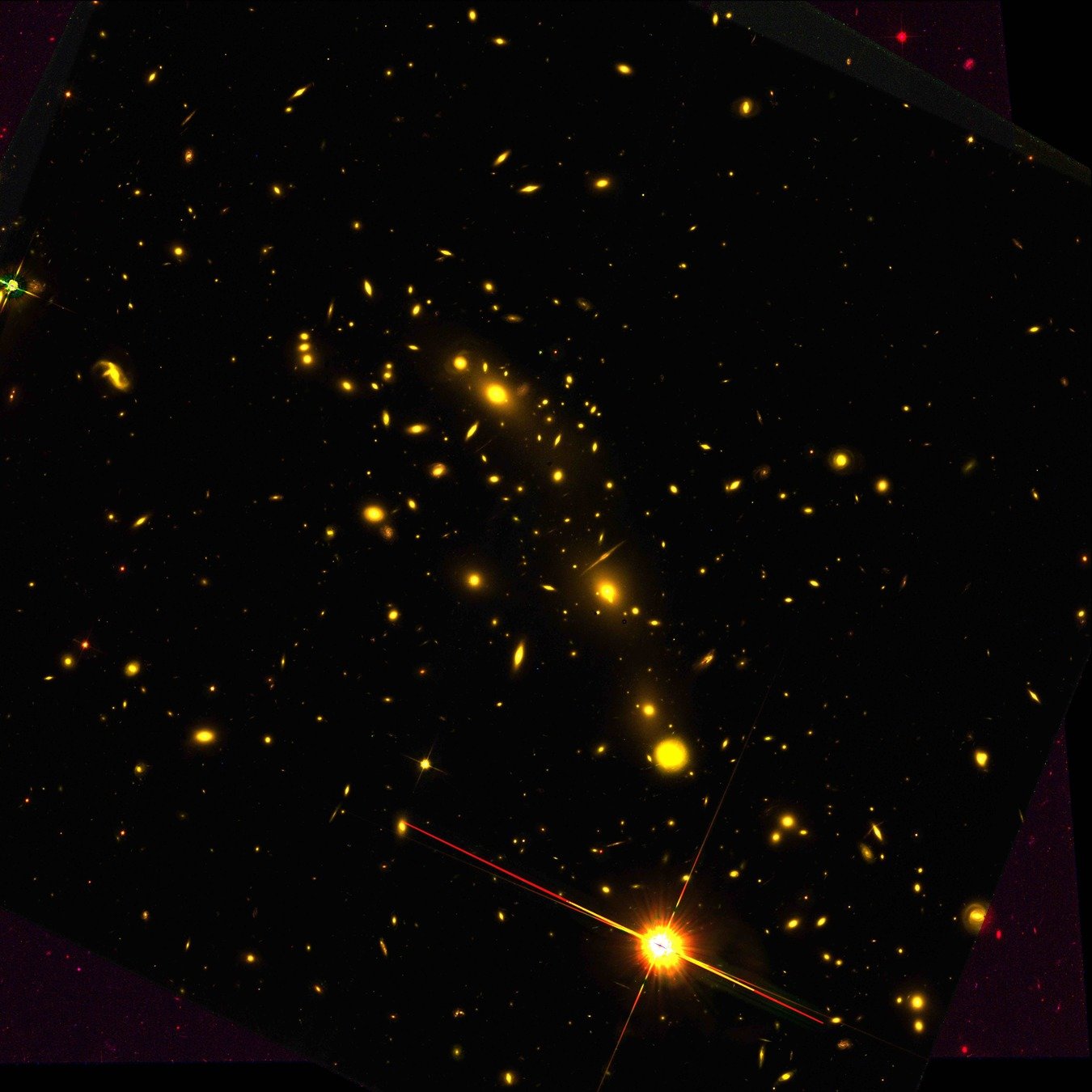

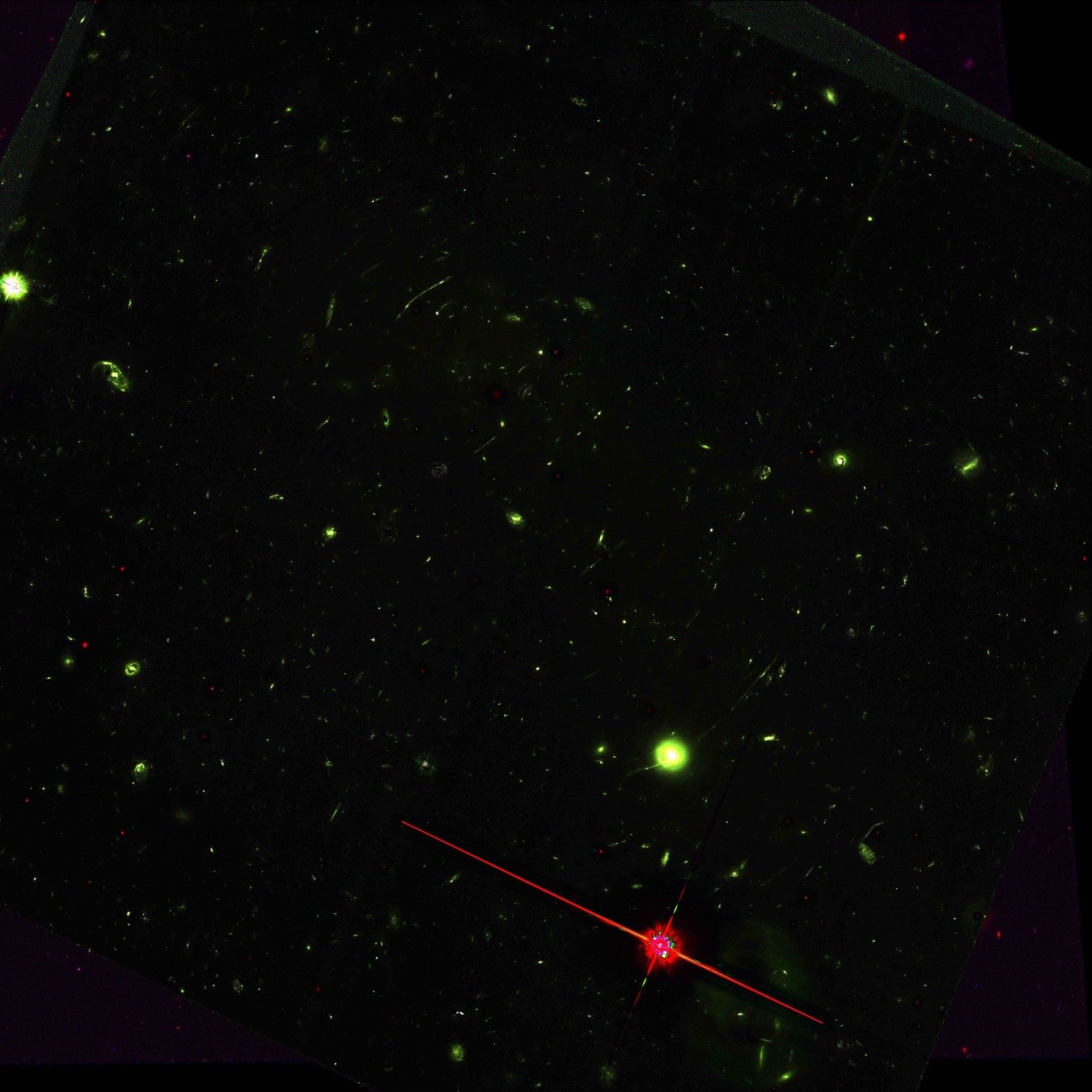
Zooming in

Zooming in
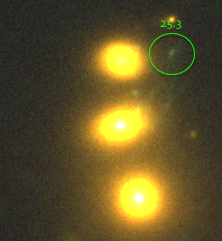
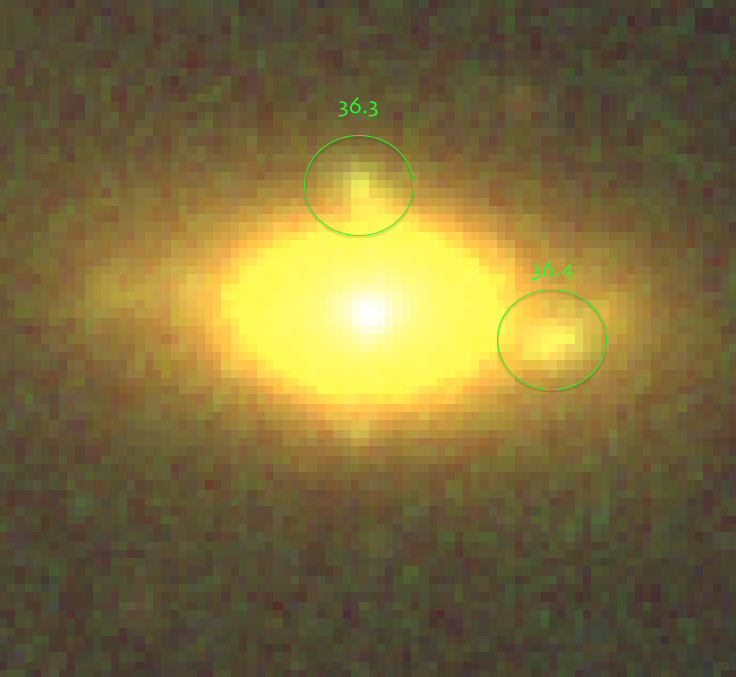
Detections: Jauzax et al. (2014)
Zooming in

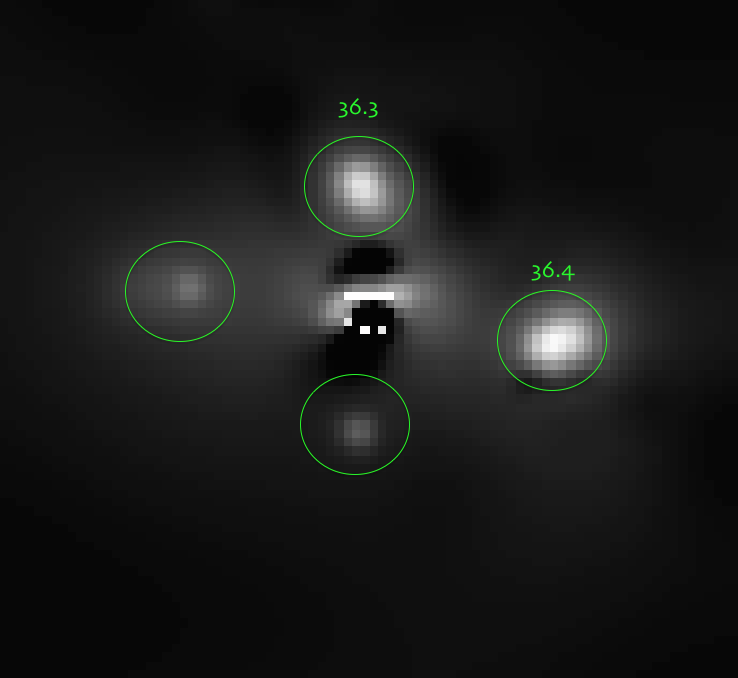
Detections: Jauzax et al. (2014)
Undetected Blends
MuSCARLET
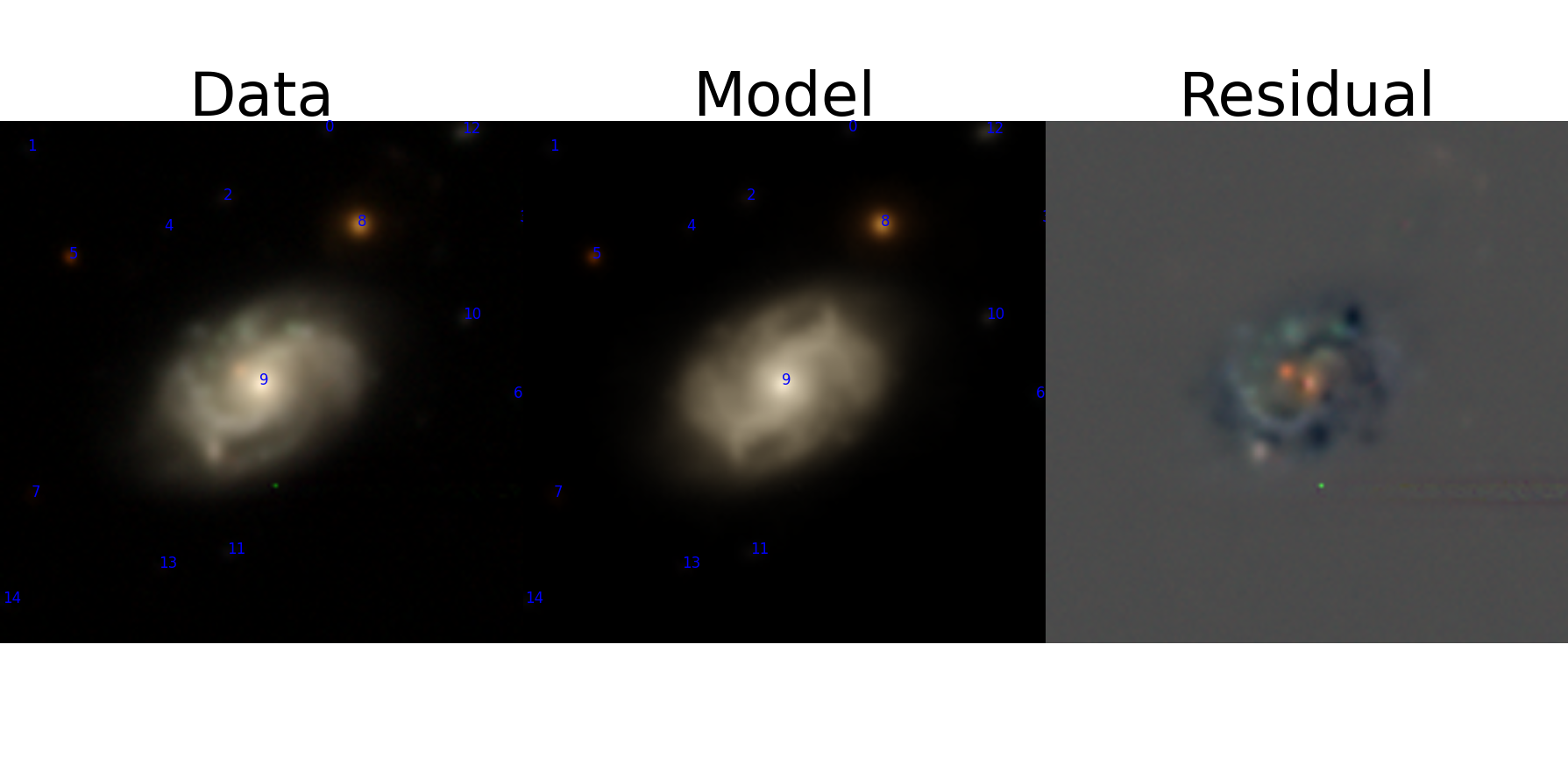
Undetected Blends
MuSCARLET
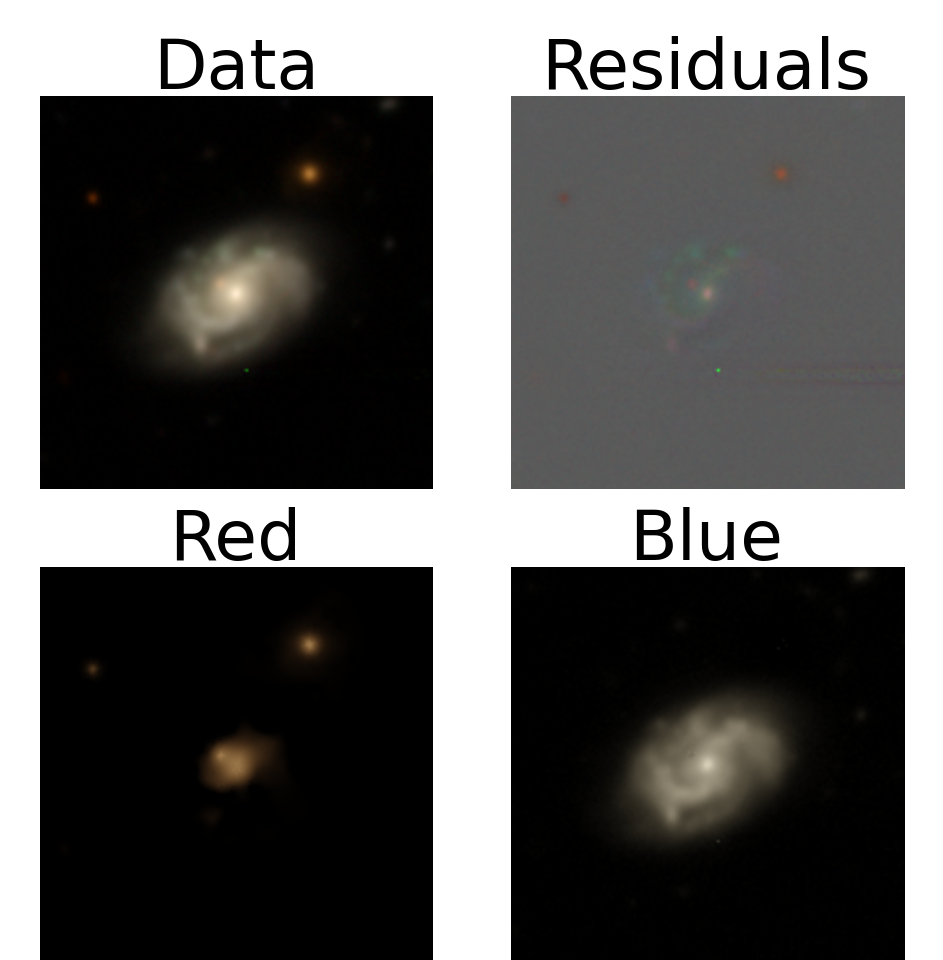
Undetected Blends
MuSCARLET
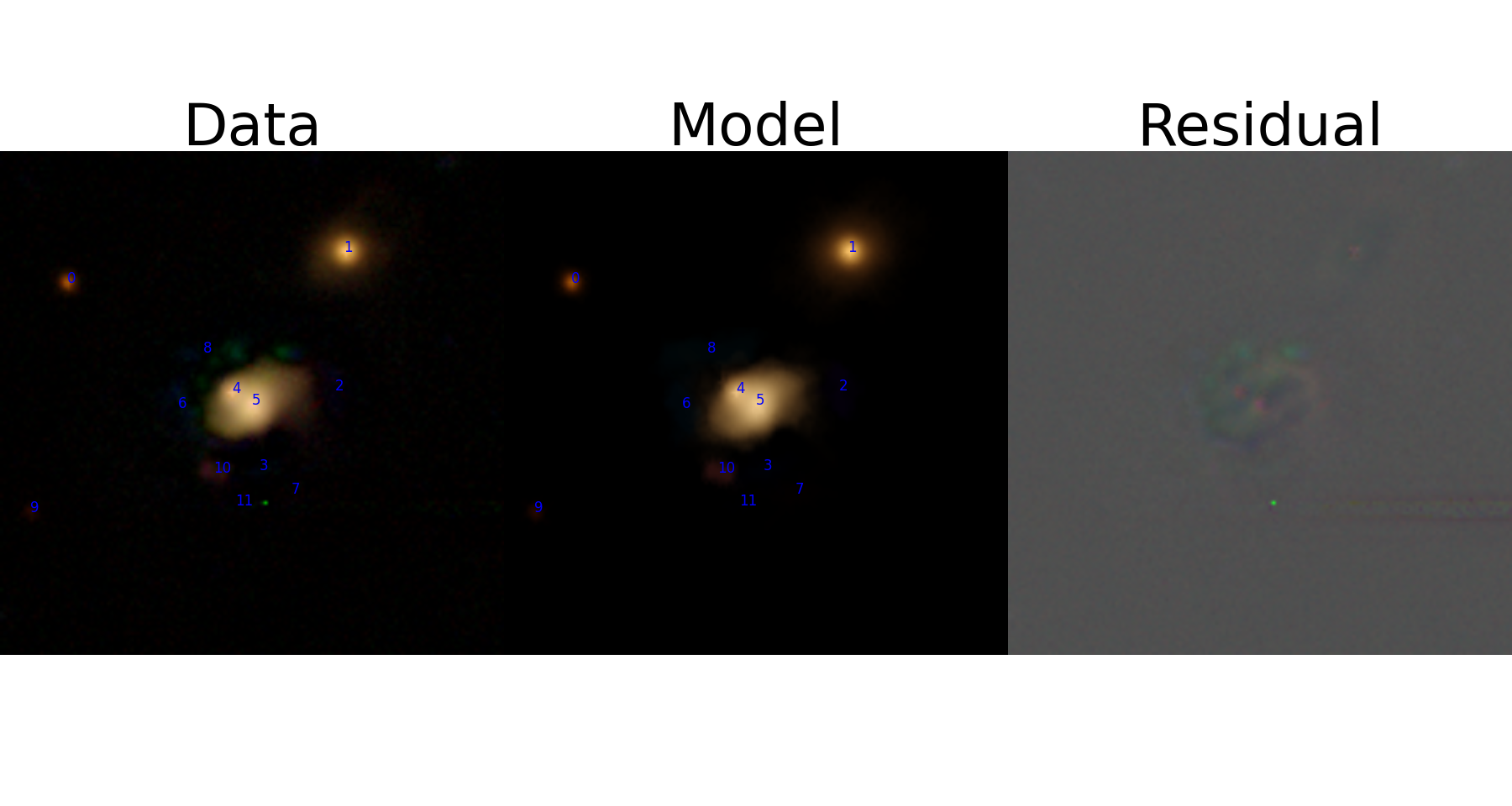
Undetected Blends
MuSCARLET
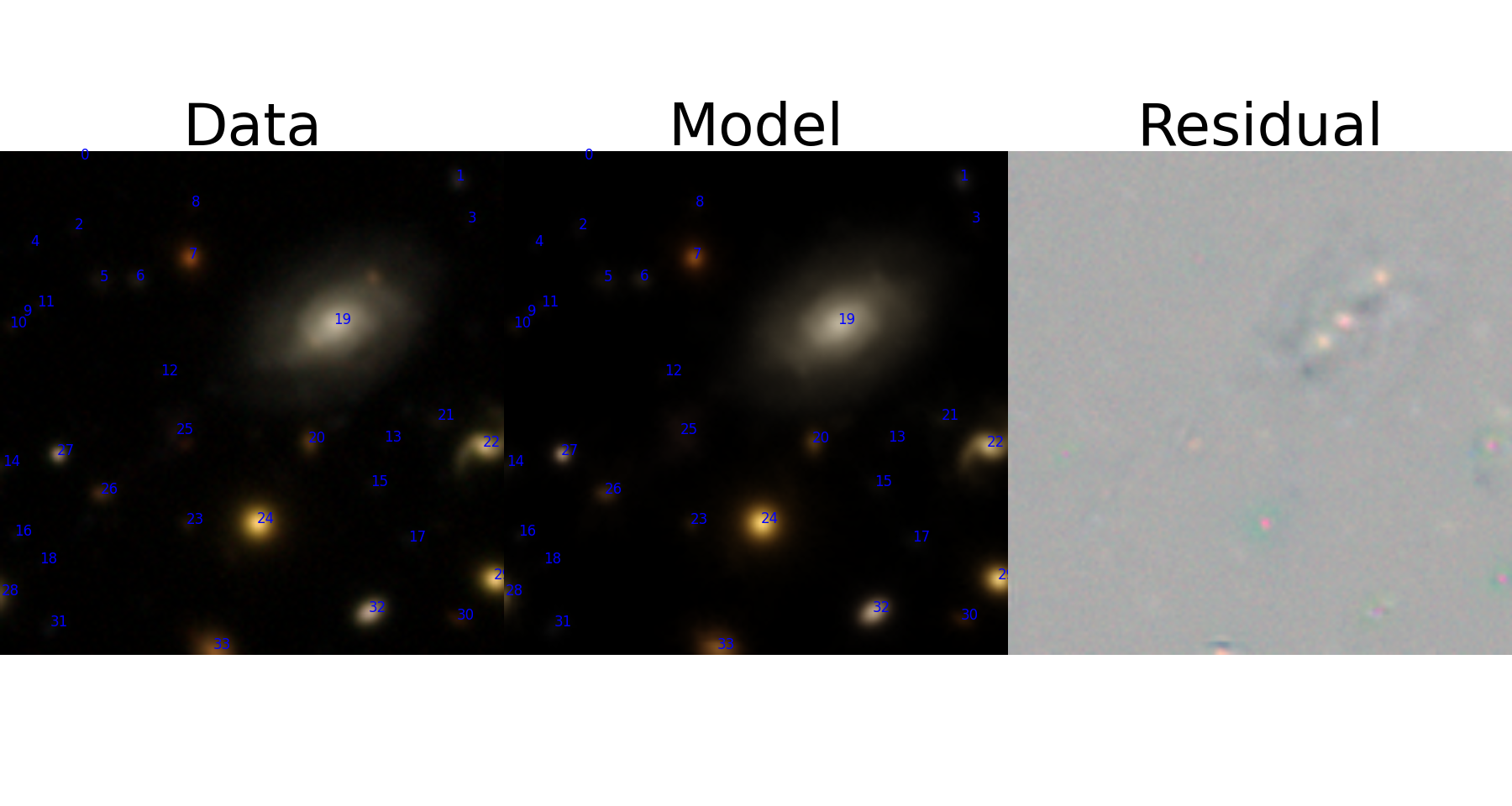
Undetected Blends
MuSCARLET
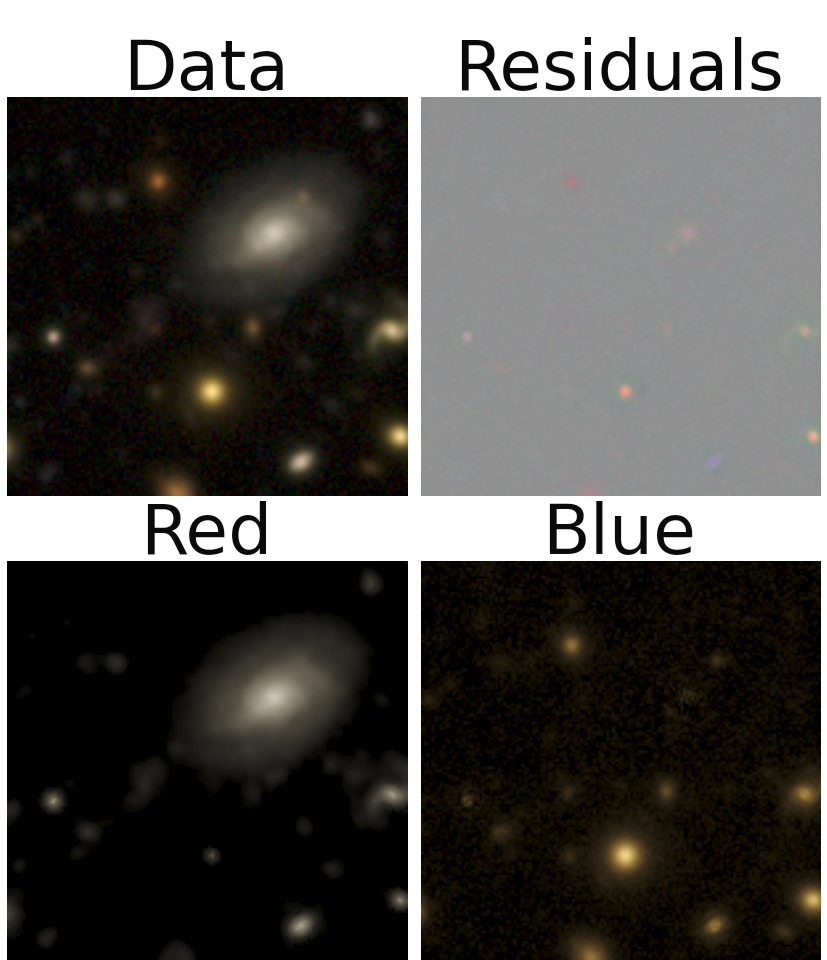
Undetected Blends
MuSCARLET
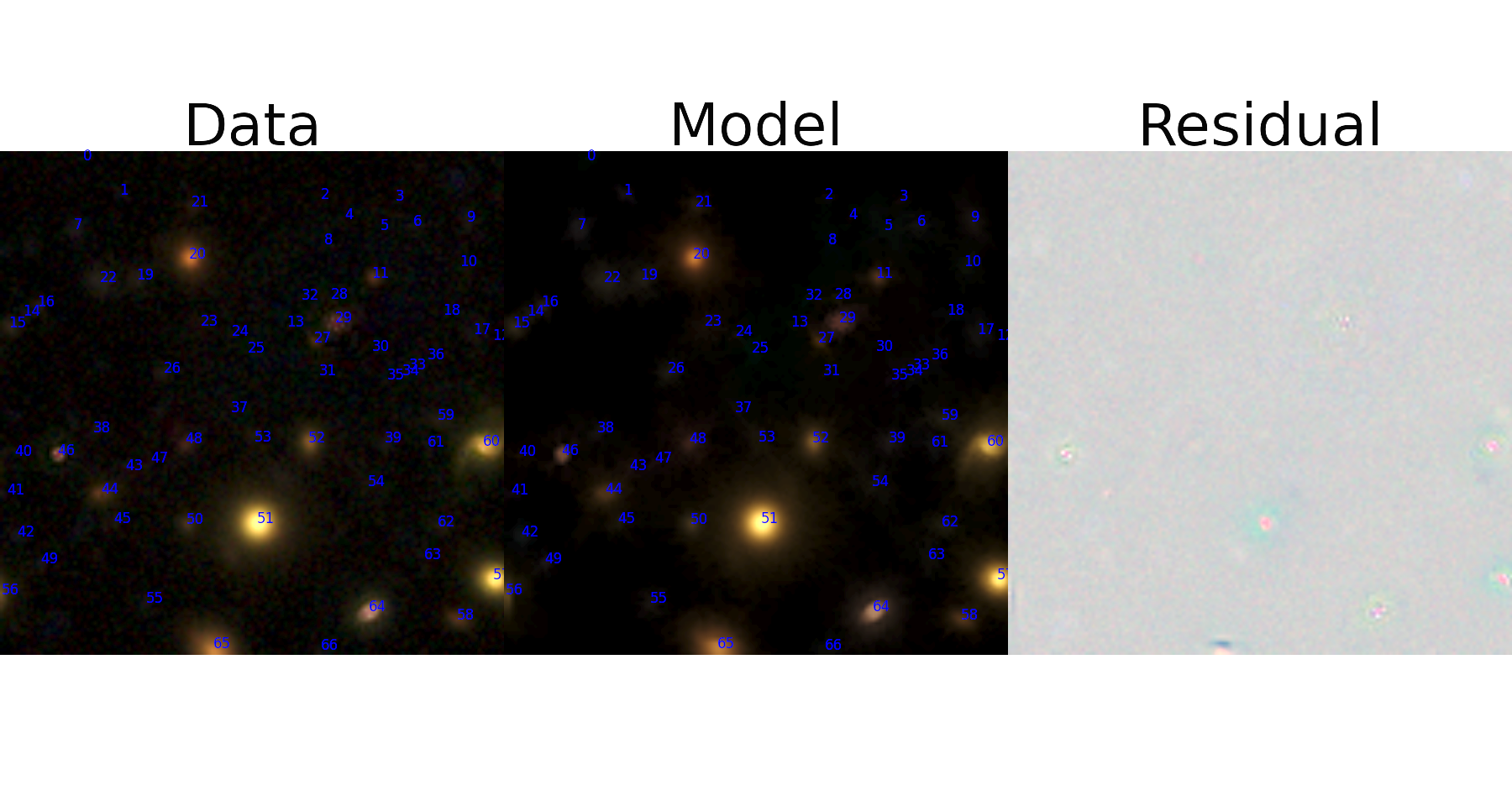
Deblending and linear inversion of lensed sources
SLIT, Joseph et al. 2018
Lenstronomy, Birrer et Amara 2018
SLITronomy, Galan et al. 2021
Strong Gravitational lensing
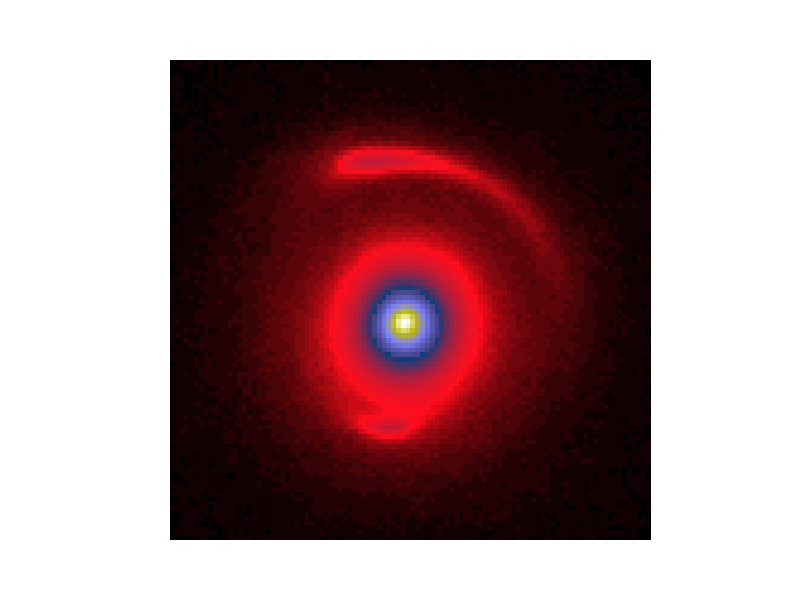
Strong Gravitational lens system
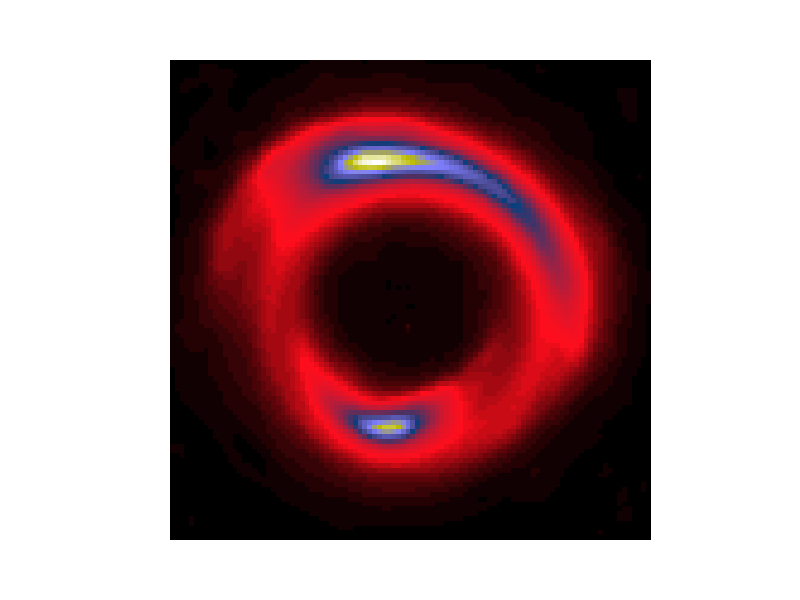
Lensed source
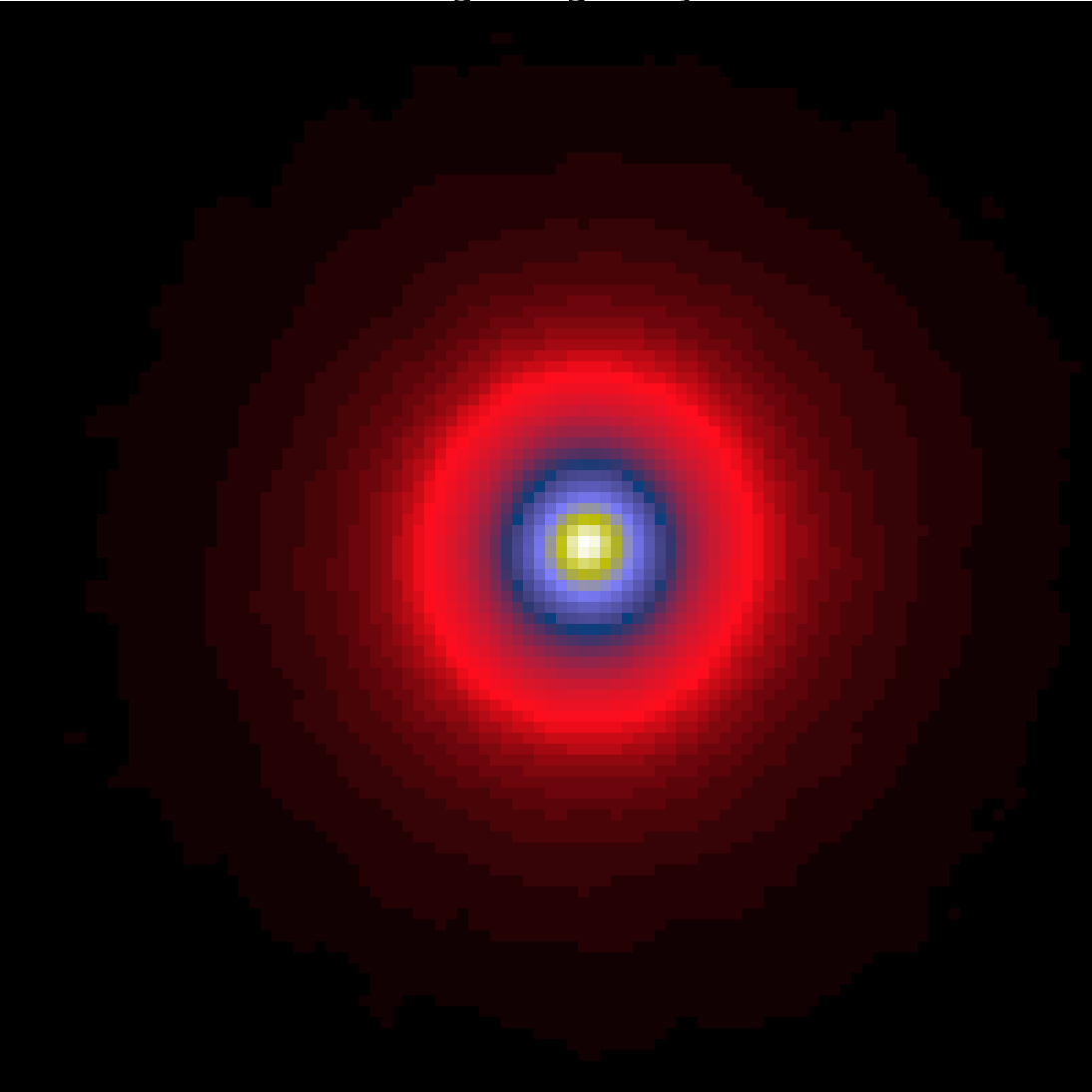
Lens galaxy
Strong Gravitational lensing
Source inversion
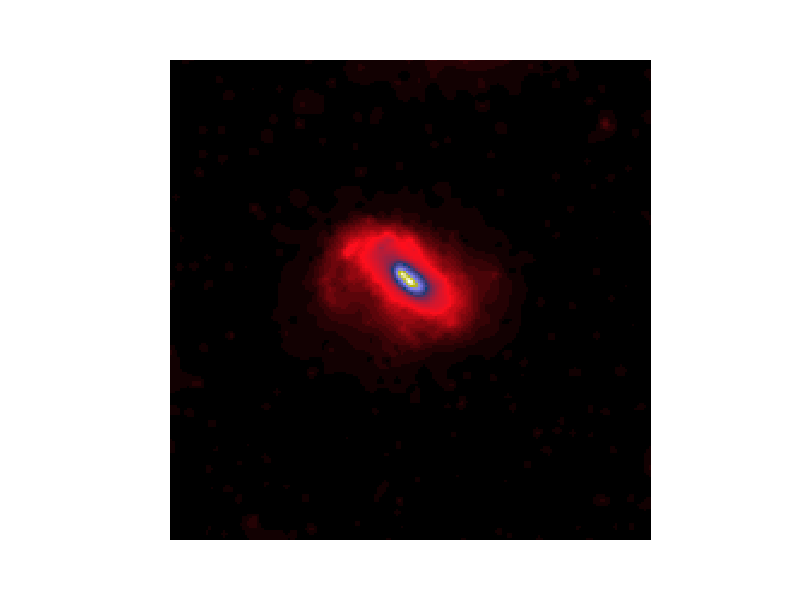

Background source galaxy \(S\)
Lensed Background galaxy \(HFS\)
Lensing \(F\)
Strong Gravitational lensing
Source inversion
Model for images of lensed galaxies
$$Y = HFS+N $$
Constrained minimisation problem
\( \tilde{S} = \underset{S}{argmin}\) \( \frac{1}{2}||Y-HFS||^2_2 \) \(+\) \(\lambda||\Phi^T S||_1\) \(+\) \(\mathcal{i}_+(S) \)
Data attachement Sparsity Positivity
Functional decompositions:
The Starlet transfrom
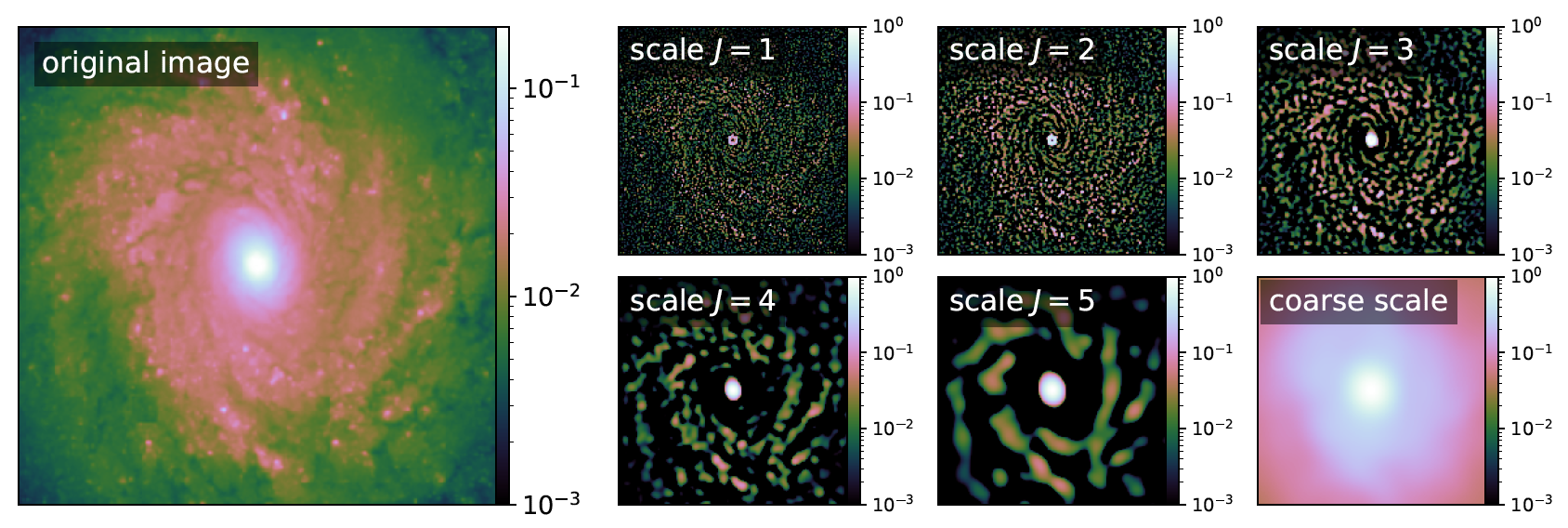
Starlet coefficients
- Multiscale transformation
- Decomposition in B-splines at different spatial scales
Starlet basis set

Strong Gravitational lens system

Lensed source

Lens galaxy
Sparse in Starlet
Spars(er) in Starlet
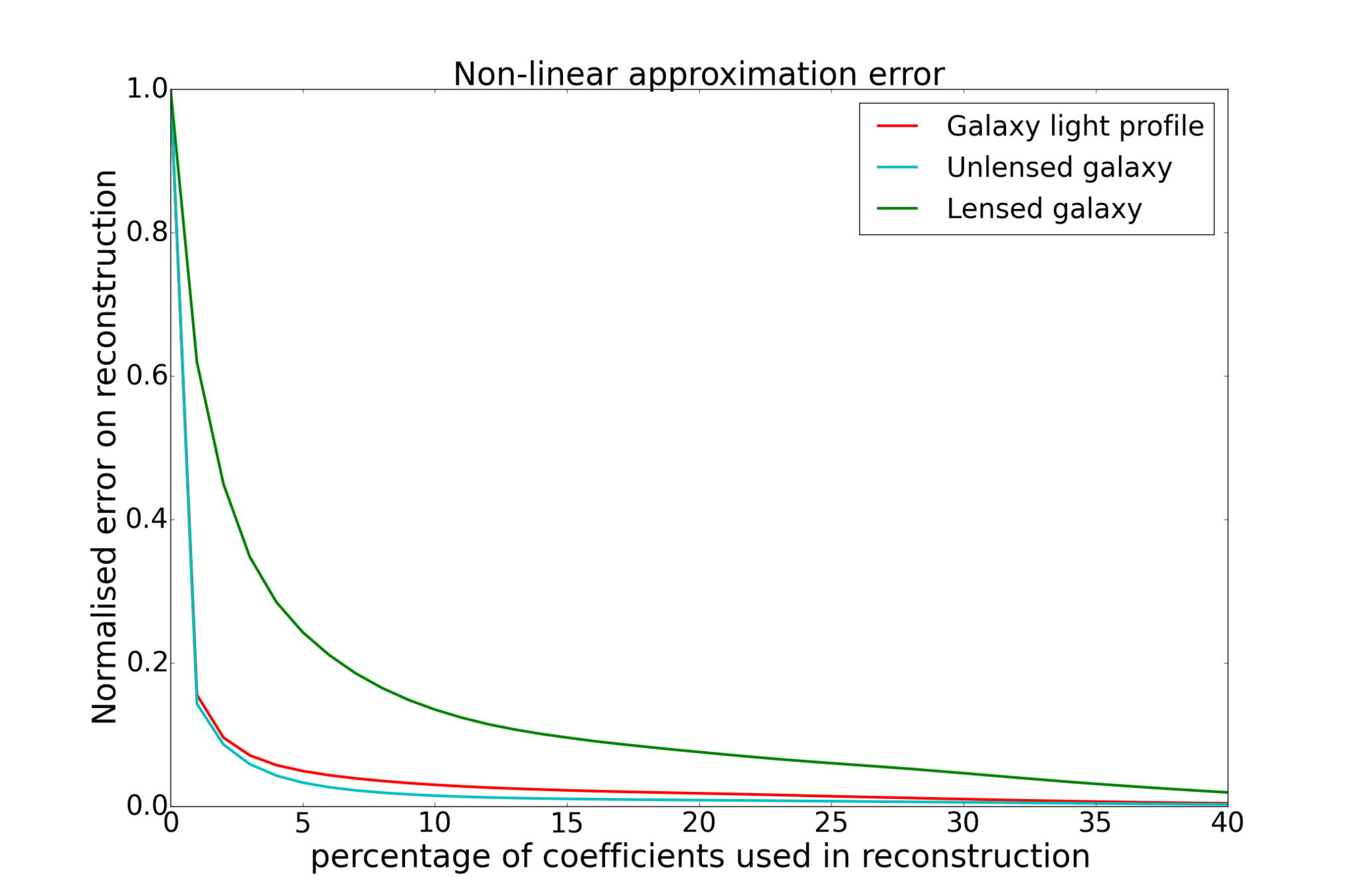

SLIT MCA
Model for a strong lens system
$$Y = HG+HFS+N$$
Constrained problem
$$HG, S = \Phi \underset{\alpha_S, \alpha_{HG}}{argmin}||Y-\Phi\alpha_{HG}-HF\Phi\alpha_S||_2^2+\lambda_S||\alpha_S||_1 + \lambda_{HG}||\alpha_{HG}||_1 \\ + \mathcal{i}_+(HG) + \mathcal{i}_+(S) $$
SLIT MCA
Alternate between optimisation over \(\alpha_S\)
The algorithm
And optimisation over \(\alpha_{HG}\)
SLIT MCA
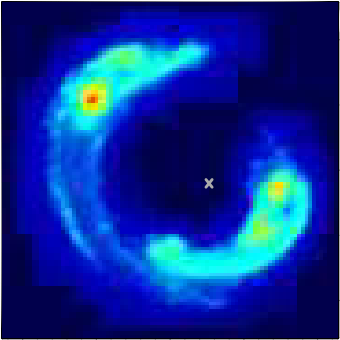
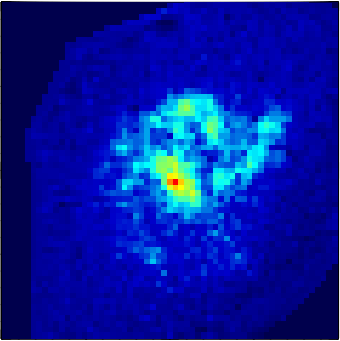
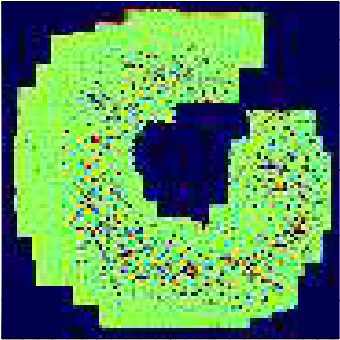
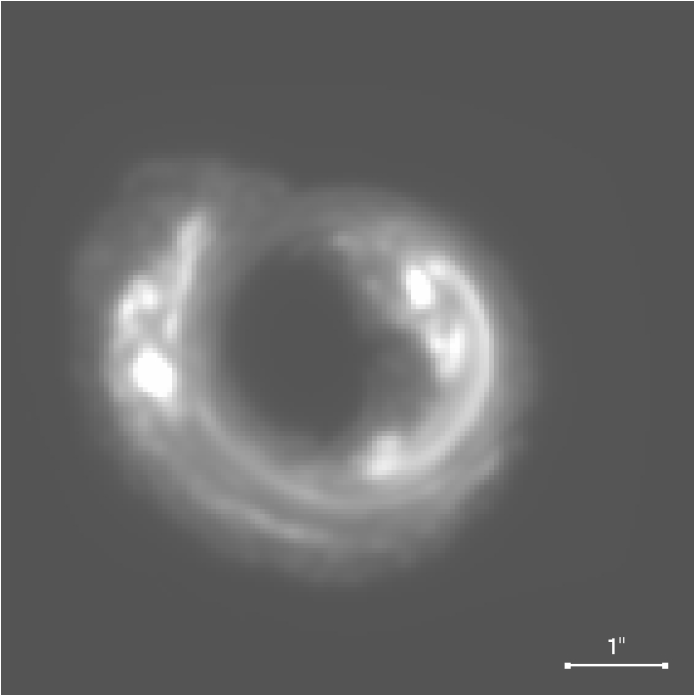
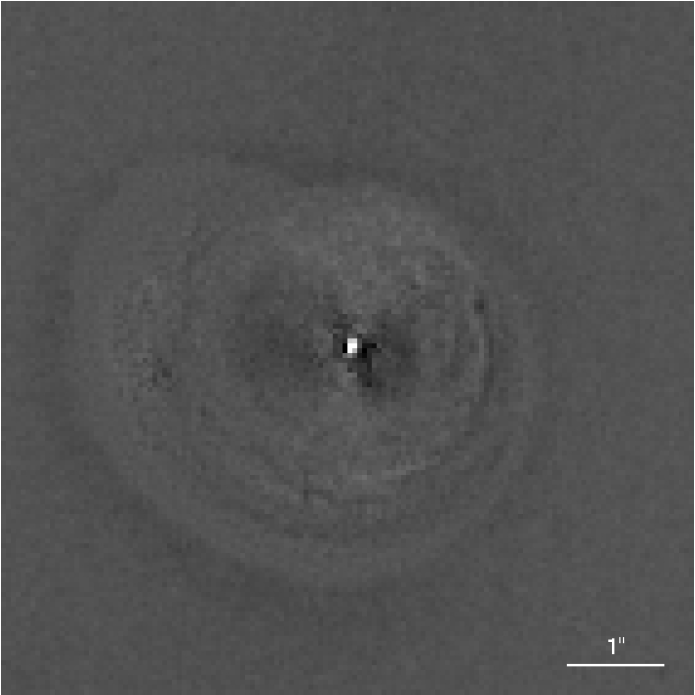
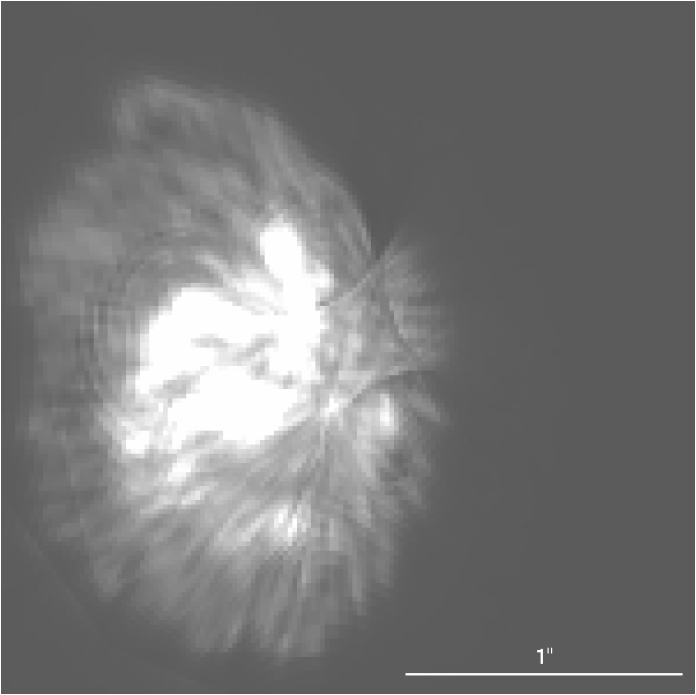



SLIT
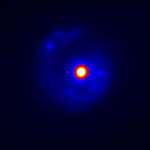
HST F814W
Reconstruction of strongly lensed source
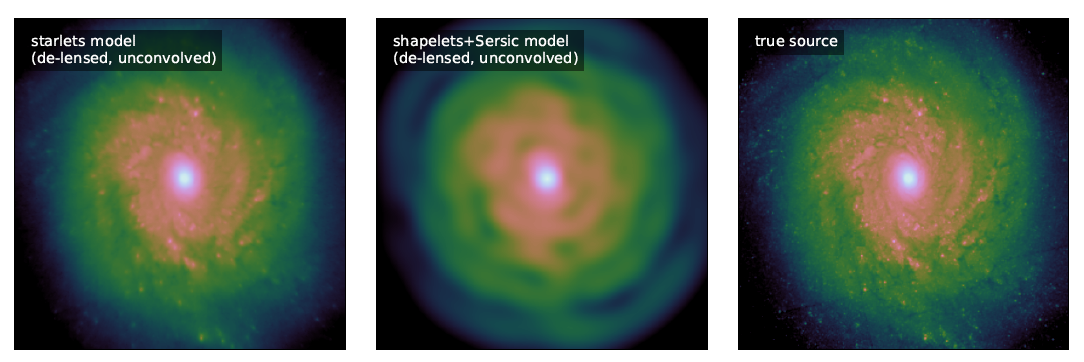
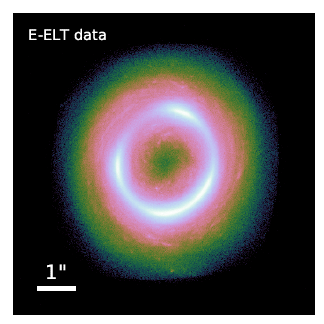
LENSRTONOMY

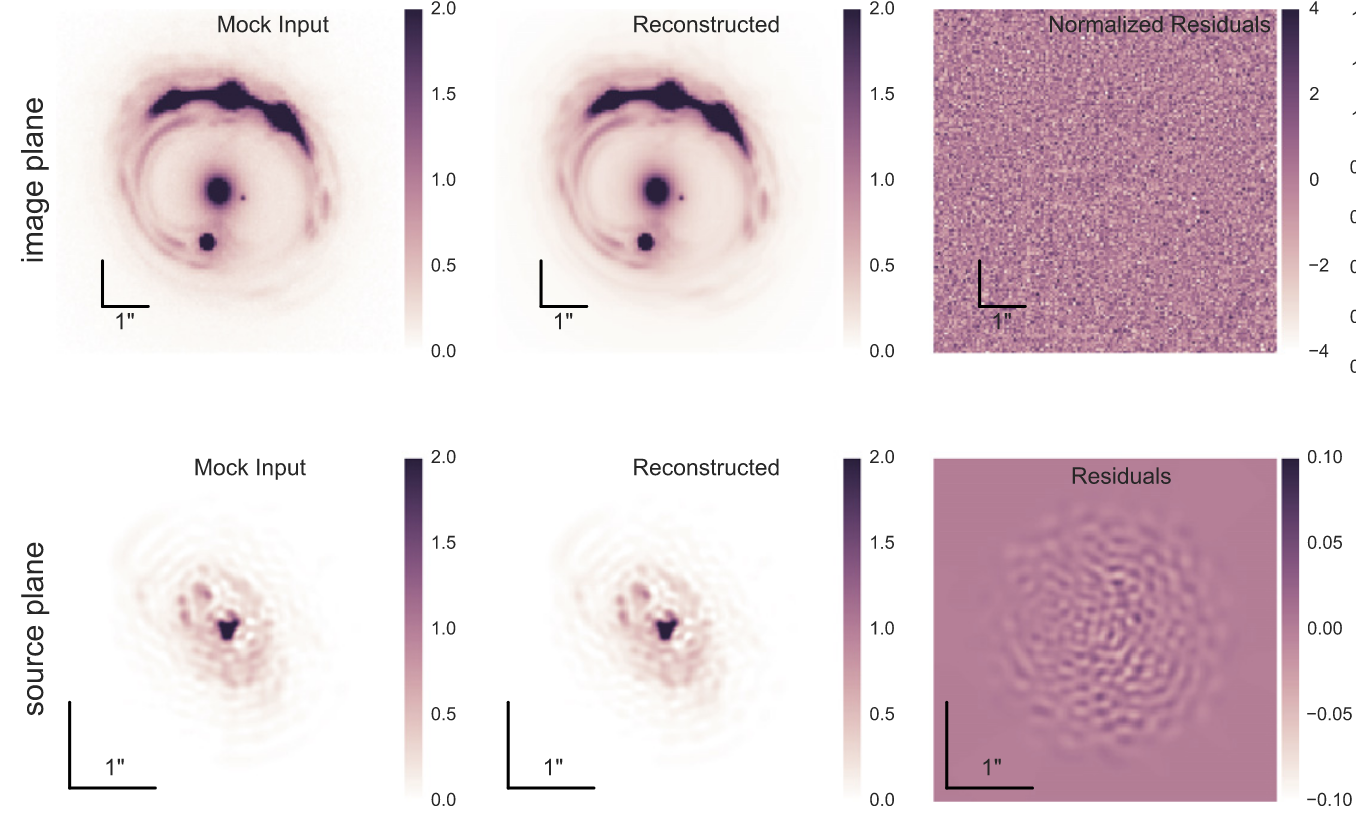
Default reconstructions use lensed shapelets to model sources. Coefficients of shapelet components are the optimised parameters.
- Less parameters
- Fast
- Less flexible
- More hyperparameters to define shapelet familly
Reconstruction of strongly lensed source
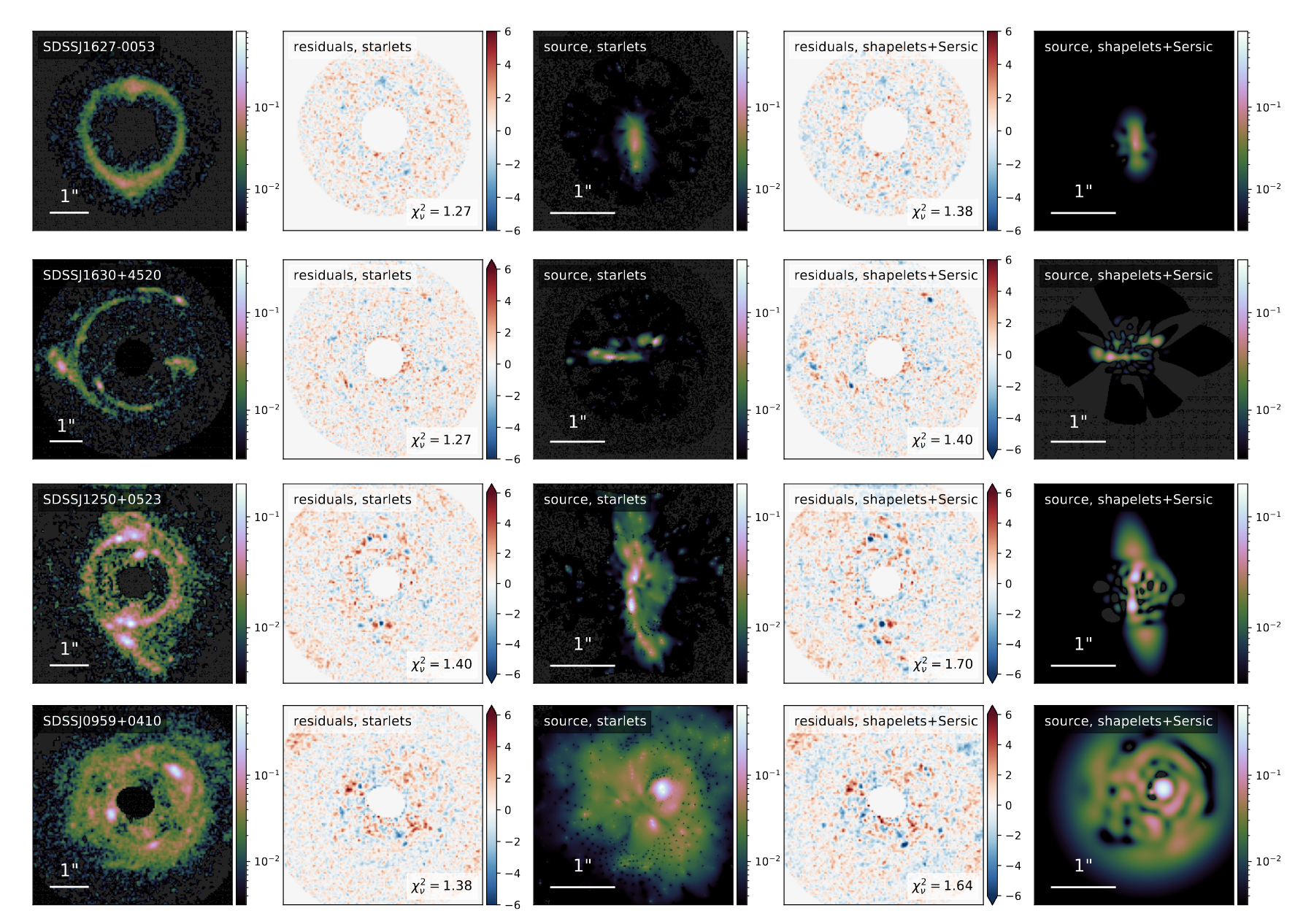
Starlets => \(LN^2\) parameters to optimise
- Slower than shapelets or analytic profiles
- Can represent any profile
- Sensitive to deblending
- No hyperparameter tunning
Deblending with sparsity
-
Free form modelling
-
Sieve to represent particular morpho-spectral propeties
-
The importance of the representation space: Beyond starlets?
email: remyj@princeton.edu
Back up Slides
MuSCADeT
Minimising \(\lambda|| \alpha_S||_0\) with Hard Thresholding
$$HT_{th}(x) = \begin{cases} 0 \quad if \quad x<th \\ x \quad otherwise\end{cases}$$
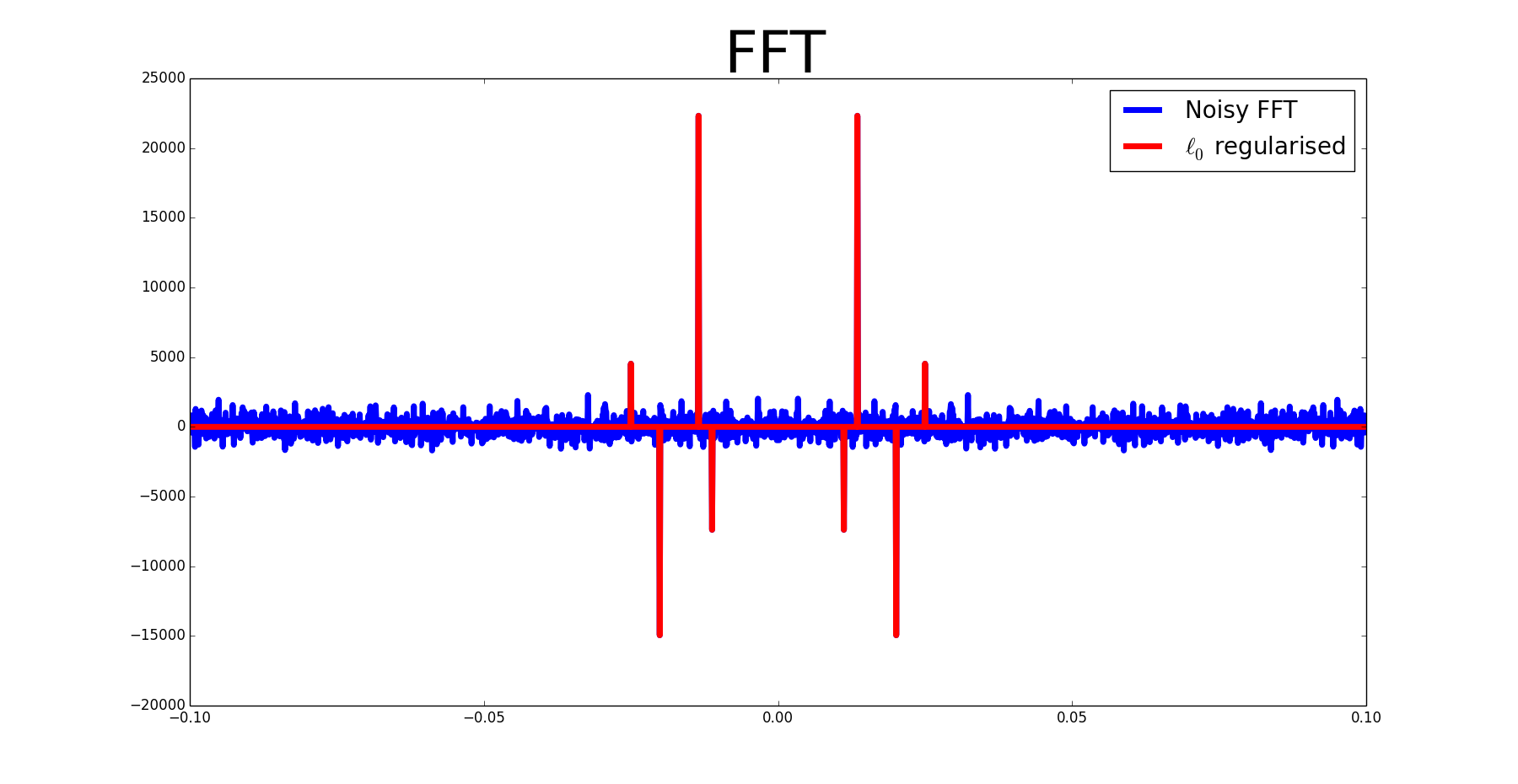
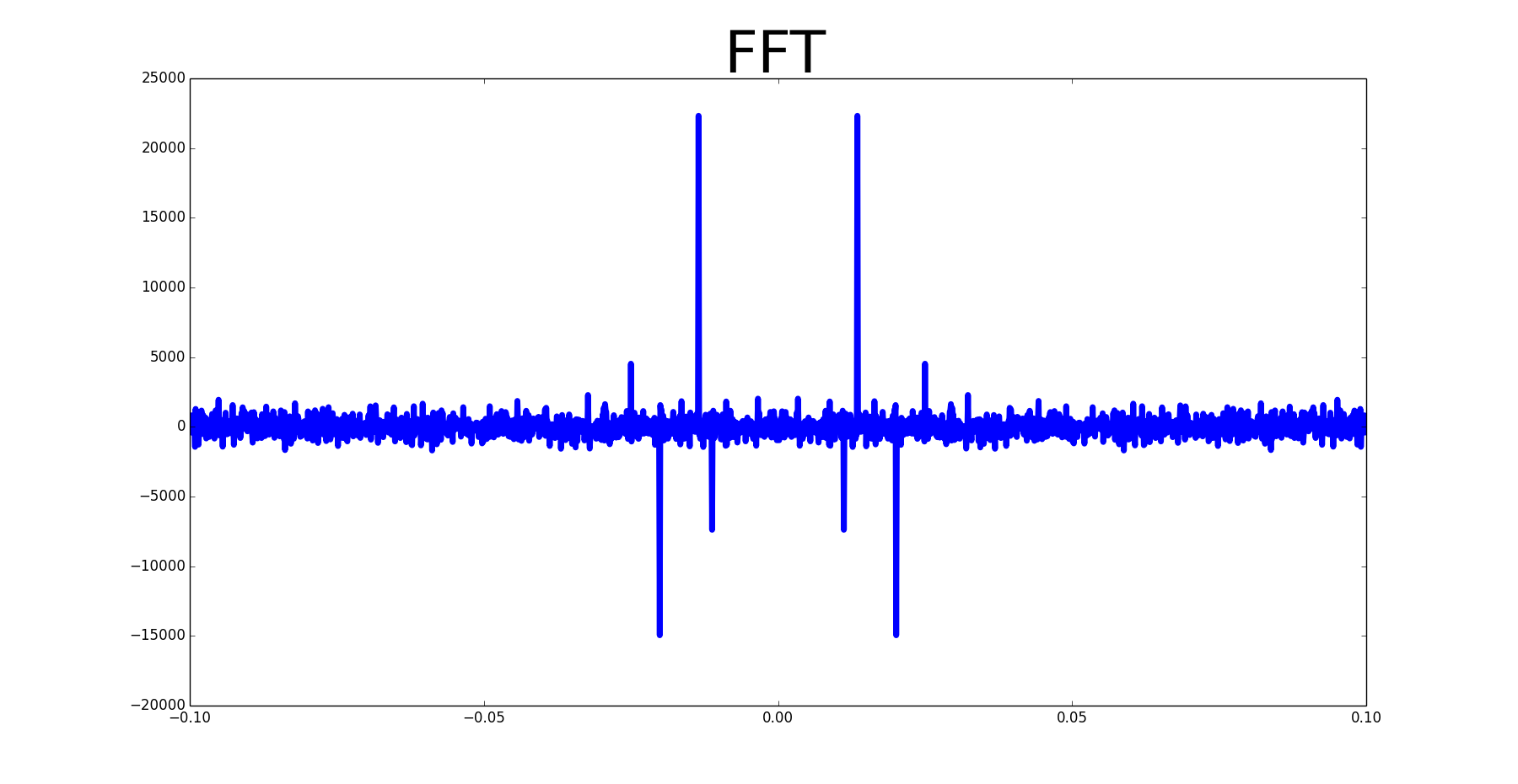
th
MuSCADeT
Minimising \(\lambda|| \alpha_S||_0\) with Hard Thresholding
Threshold is set according to noise level \(\sigma\) and decreases with iterations $$\lambda_{it} = k_{it} \sigma$$
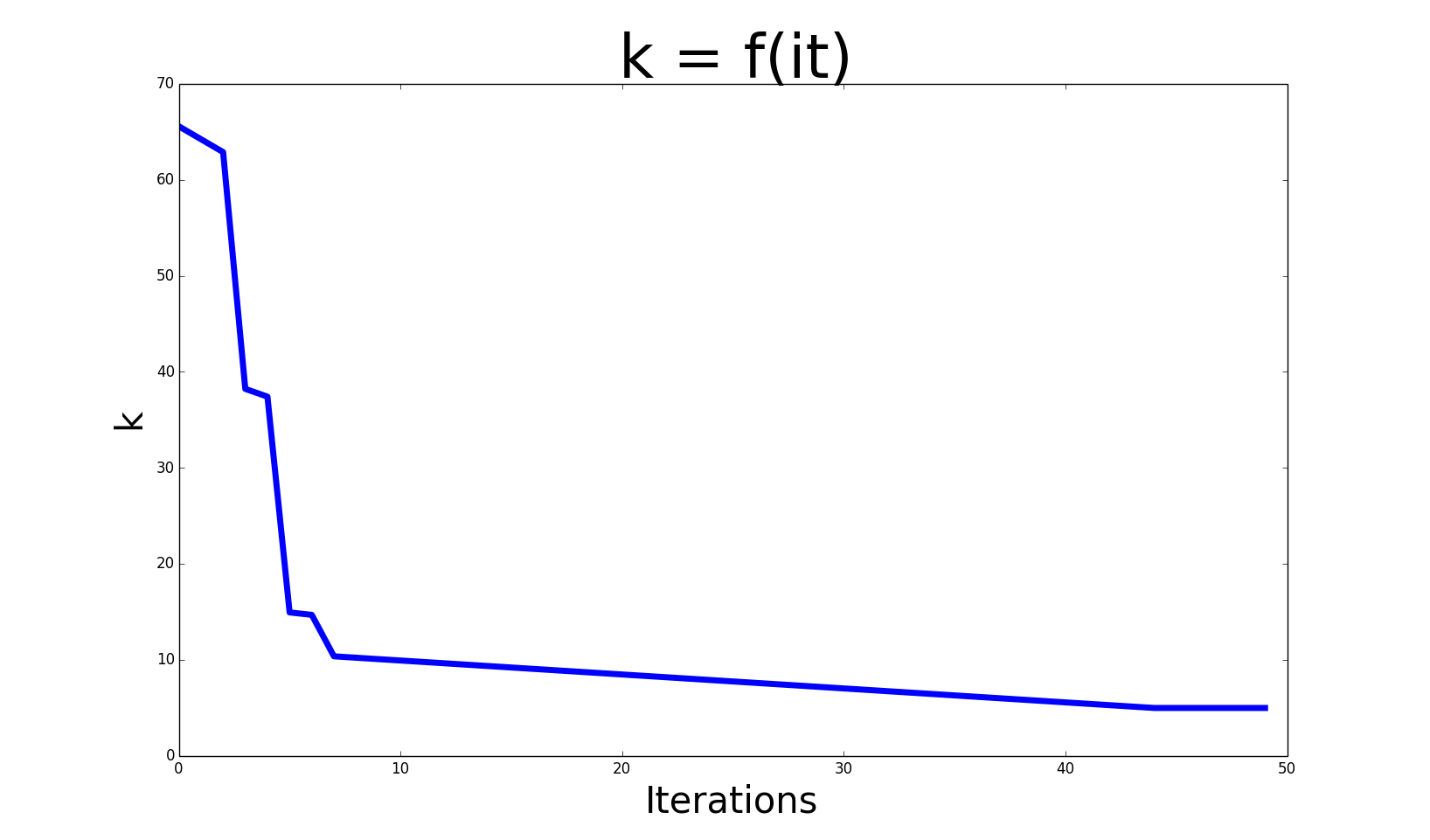
SLIT
FISTA algorithm
- Gradient step
- Soft Thresholding operator
- Inertial step
$$\alpha_S^{n+1} \gets \alpha_S^n+\mu \Phi^TA^T H^T (Y-HA\Phi\alpha_S^n)$$
Colour and morphology deblending of galaxies with sparse representation
By herjy
Colour and morphology deblending of galaxies with sparse representation
- 811


